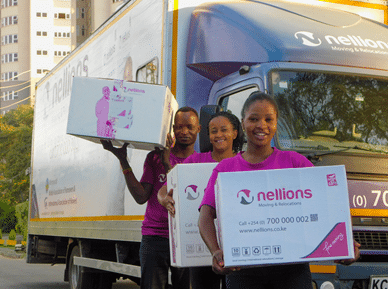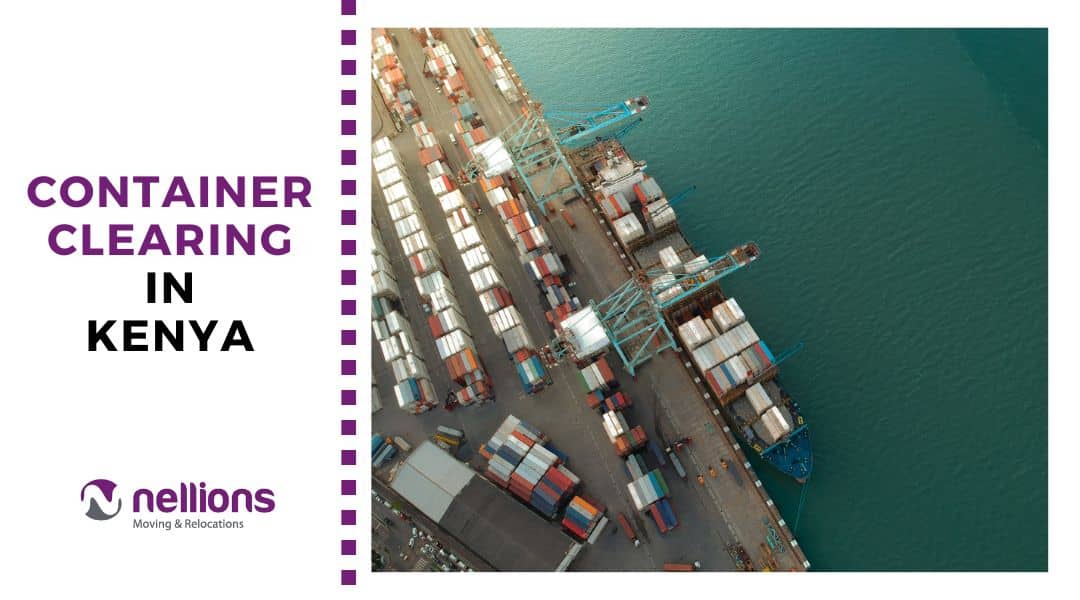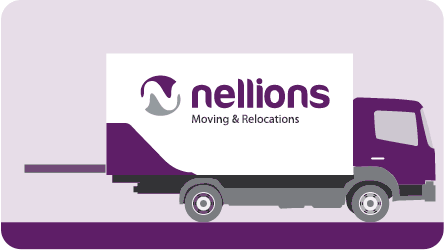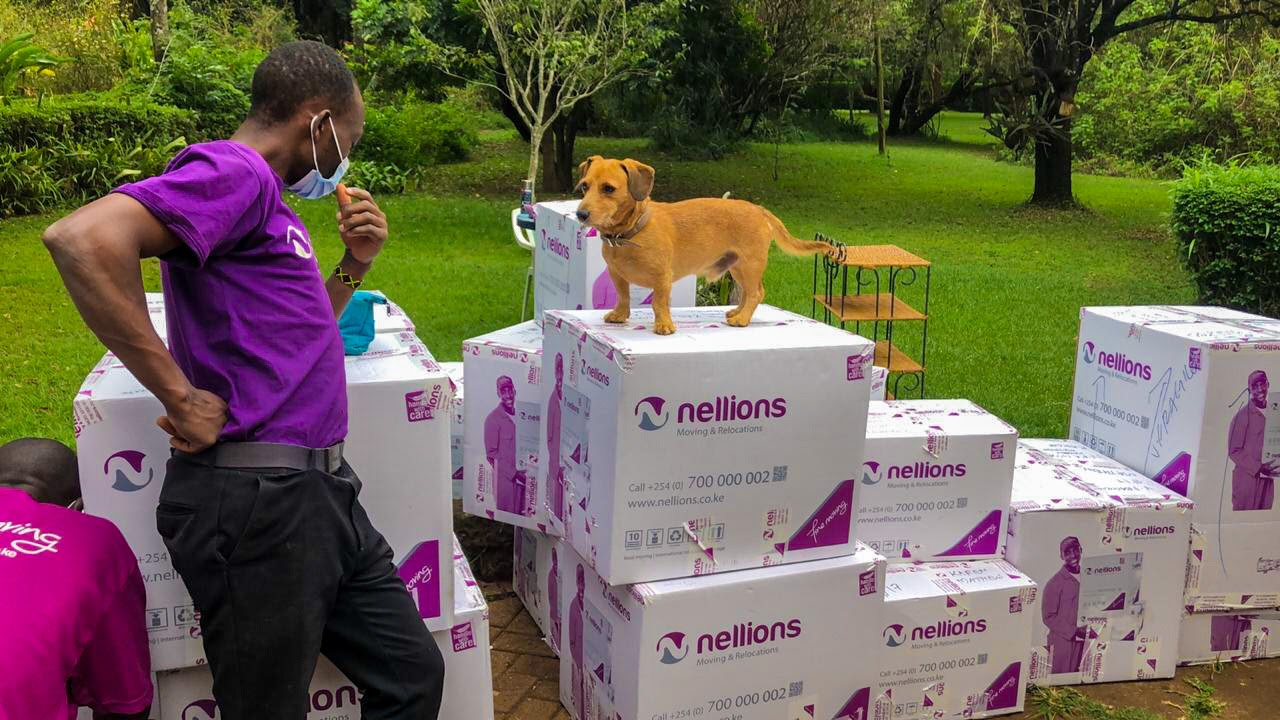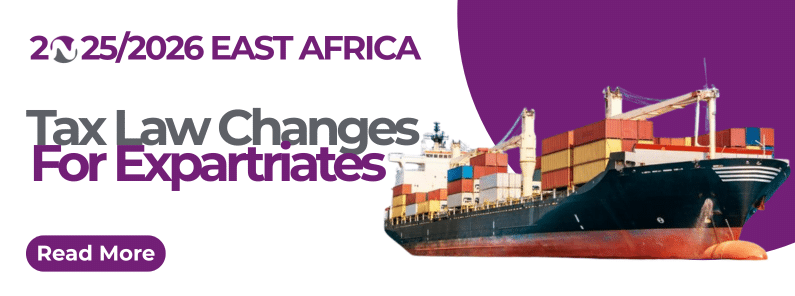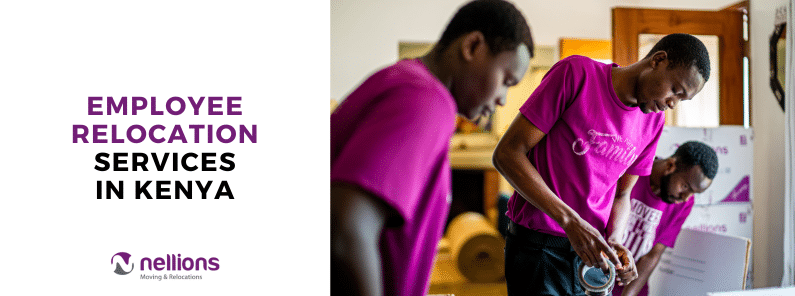Moving to a new country or relocating your business is an exciting adventure, but it also comes with its fair share of challenges. If you find yourself in the midst of planning a move to or from Kenya, one aspect that can seem overwhelmingly complex is the process of clearing containers. Navigating the complex process of clearing containers in Kenya can be daunting for importers and exporters alike.
The Kenyan government, just like any other government, has strict regulations to ensure the proper documentation and inspection of outbound and inbound containers. These regulations not only protect the interests of the country but also safeguard the interests of all parties involved in the shipping process. So whether you’re an individual moving with your household goods or a business relocating with office equipment, understanding the steps involved in both importation and exportation is not just important—it’s absolutely vital.
The next sections of this guide will provide a detailed step-by-step process of clearing both outbound and inbound containers, providing valuable insights and tips to streamline your logistics operations. From gathering the necessary documentation to calculating duties and taxes, from container inspections to choosing reliable transport providers, we will leave no stone unturned.

Clearing an Inbound Container in Kenya
Imagine having packed everything up and set sail towards Kenya. But because you didn’t factor in the time and processes it takes to clear your shipment, you arrive at the destination only to find out that its clearance is incomplete and there’s no way of retrieving it, or you must pay hefty fines. Not quite the ideal situation, right?
To avoid this, you must understand the process of clearing an inbound container in Kenya. Here is a detailed guide:
Select a Customs Clearing Agent
The very first step in the process of clearing an inbound container in Kenya is to hire the services of a licensed customs clearing agent. A clearing agent plays a vital role in handling the intricacies of the customs clearance process on behalf of the importer. They are responsible for processing importation documents within the customs system and navigating the regulations and procedures involved in clearing goods.
Documentation
Clearing an inbound container starts with ensuring you have all the necessary documentation. These documents need to be submitted to the relevant authorities for pre-clearance. It’s essential to ensure the accuracy and completeness of these documents to avoid any delays or penalties. Key documents include:
- Bill of Lading (sea cargo)/Airway Bill (air cargo)
- Packing List
- Import Declaration Form (IDF)
- Commercial Invoice
- Exemption letter, if the goods are eligible for exemption.
- Valid pro forma invoices from the exporting firm.
- Certificate of origin, indicating the source of the goods.
- Freight invoice for sea cargo shipments.
- Logbook and its translated version (if not in English) for motor vehicles.
- Permit or License for restricted goods.
- Personal or Taxpayer Identification Number (PIN certificate).
- Purchase Orders and Contracts related to the import.
- Certificate of Roadworthiness for imported motor vehicles.
- Letter of Credit, if applicable, for payment.
- Certificate of Conformity (CoC) from the Pre-Export Verification of Conformity (PVoC) agent, applicable to regulated products.
Duty Calculation and Payment
After getting all your documents in order, the next step is the calculation of import duties and taxes, followed by making the necessary payments to the Kenya Revenue Authority (KRA). This is a crucial aspect of the clearance process, as accurate calculations ensure compliance with Kenyan customs regulations and prevent any unforeseen financial surprises. Timely payment of duties and taxes is also crucial. Failure to pay on time can result in demurrage fees or storage charges if the container is held at the port for an extended period. The following are the key taxes and duties applicable in Kenya:
-
- Import Duties: Import tax rates vary based on the nature of the imported item. The rates are classified into three main categories: 0%, 10%, and 25%. Sensitive items listed in Schedule 2 of the East Africa Community Common External Tariff (CET) may attract duties higher than 25%.
- Customs Value Assessment: The customs value of your goods is determined based on the transaction value—the price payable for the goods, including freight, insurance, and other charges associated with the transportation of the goods to the port of entry.
- VAT Calculation: Value Added Tax (VAT) is applied to the customs value plus any applicable customs duties. The standard VAT rate in Kenya is 16%, but there are exceptions and reduced rates for specific goods.
- Railway Development Levy (RDL): In addition to customs duties and VAT, certain goods might be subject to the Railway Development Levy, which contributes to the development and maintenance of the country’s railway infrastructure. The RDL is calculated at 2% of the customs value.
- Excise Duty: Excise duty applies to specific goods such as alcohol, tobacco, electronics, motor vehicles, petroleum products among others. The calculation is based on factors such as quantity, volume, or weight, and rates can vary depending on the nature of the goods.
- Import Declaration Fees (IDF): You will be charged an import declaration fee of 3.5%
Customs Inspection and Examination
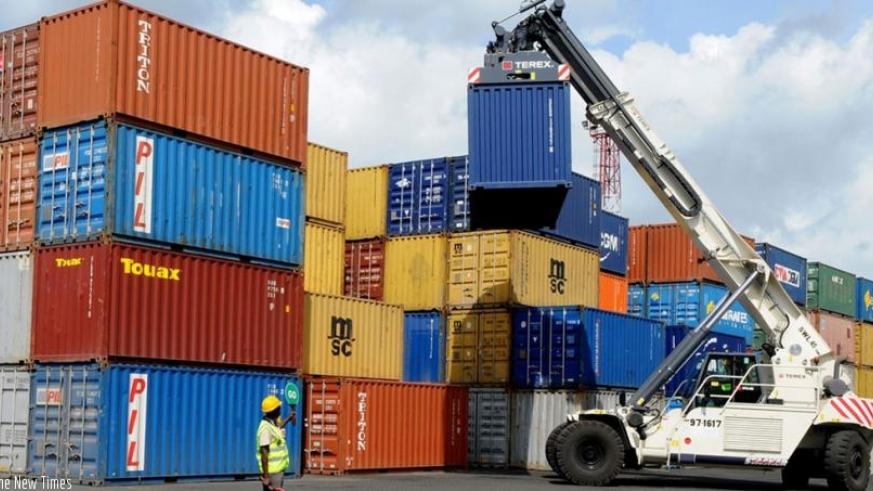
One of the crucial stages of clearing an inbound container is the inspection and examination process conducted by customs officials. This process is designed to ensure that the imported goods comply with Kenyan import regulations and that the documentation matches the actual contents of the container.
Customs authorities may choose to physically inspect a container to verify the accuracy of the declared information. During a physical inspection, officials will open the container and examine its contents. This inspection is intended to prevent smuggling, ensure the accuracy of customs valuation, and confirm that the items comply with relevant regulations.
The inspection can be either full or partial. A full inspection involves examining all the items in the container, while a partial inspection focuses on a specific portion of the cargo. The decision to conduct a full or partial examination is at the discretion of customs officials and is often based on risk assessment, the nature of the goods, and historical compliance.
It’s important to note that an inspection can extend the clearance timeline, especially if the declaration does not conform with what they find during the inspection. For instance, customs can add taxes for goods that you may have not declared. However, a well-prepared and properly organized container will likely pass inspection quickly. To expedite the process, consider the following tips:
- Well-Organized Packing: Pack your goods in an organized manner, grouping similar items. This makes it easier for customs officials to assess the contents.
- Clear Labeling: Clearly label each box with its contents and purpose. This facilitates quick identification during the inspection process.
- Accurate Documentation: Ensure that your documentation accurately reflects the goods in the container. Any discrepancies can lead to delays.
Release and Delivery
After successfully navigating through the customs clearance process, the next crucial step is obtaining a release order from customs. A release order is an official document issued by customs that grants you permission to take possession of your cleared container. If you have paid all the required duties, taxes, and fees, and your goods have been inspected and cleared by customs, the KRA will issue a Customs Release Order. Your clearing agent will coordinate with the port authorities and the shipping line to ensure the smooth release of your container.
Container Offloading and Transport
Upon receiving the Customs Release Order, you can proceed to arrange for the offloading and transportation of your container to its intended destination. For individuals moving household goods, professional moving companies can assist in the offloading, unpacking, and arranging of your belongings. They ensure that your goods are handled with care and delivered to your new home.
If you’re importing office equipment, you should also hire the services of a moving company. They can coordinate the transportation, offloading, and unpacking of your office items, minimizing downtime and ensuring a seamless transition to your new office space.
Clearing an Outbound Container in Kenya
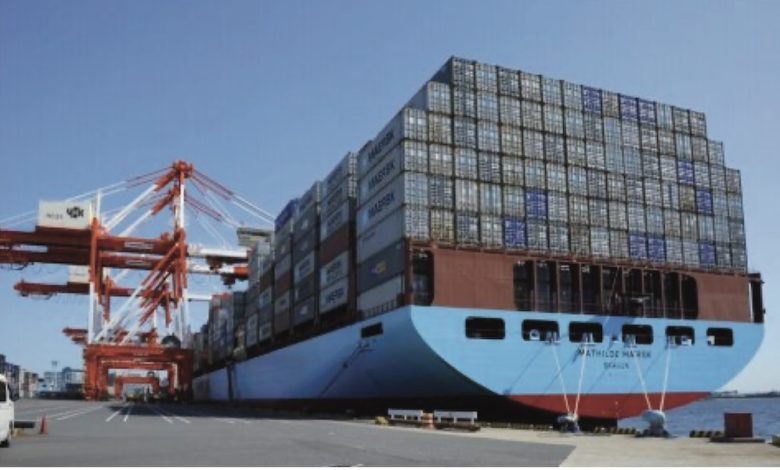
Clearing an outbound container in Kenya involves a series of steps to ensure that the goods being exported comply with regulations and are properly documented.
Engaging a Clearing Agent
Similar to the import process, when exporting goods, one of the foremost steps is to enlist the expertise of a licensed customs clearing agent. The clearing agent acts as a liaison between the exporter and the customs authority, ensuring compliance with all export regulations.
Export Declaration and Documentation
Before initiating the container clearing process, it’s essential to gather all the necessary documentation. These documents will include:
- Export Declaration Form (EDF): This form provides information about the goods, their value, and their destination.
- A valid Commercial Invoice detailing the commercial transaction between the exporter and the recipient.
- Certificate of origin, confirming the source of the exported goods.
- Permit or License for restricted goods, if applicable to the nature of the goods being exported.
- Personal or Taxpayer Identification Number (PIN certificate), which serves as an identifier for the exporter.
- Purchase Orders and Contracts associated with the export transaction.
- Packing List, providing an itemized account of the contents of the shipment.
Your clearing agent will use these documents to declare the goods in the customs system, creating an entry for your export.
Container Stuffing and Verification
Your clearing agent plays a pivotal role during the stuffing and verification phases. The agent is responsible for presenting the original declaration form and other supporting documents to the customs discharge/loading station. Here, the contents of the container are verified and cross-referenced with the declaration to ensure accuracy and compliance. This verification process is of paramount importance, as it safeguards against any discrepancies between the declared contents and the actual cargo.
It’s worth noting that the stuffing and verification process can occur either at the customs station itself or at an approved stuffing area. This flexibility ensures that cargo is subjected to thorough inspection regardless of its physical location. Customs officials may witness this process to ensure that the goods being loaded match the declared information.
Port Exit and Shipping
After successful stuffing and verification, compliant declarations are cleared and released for export. This step indicates that your goods have met the necessary customs requirements and can proceed with shipping. Upon exiting through the designated border or port, customs authorities will issue a certificate of export. This certificate serves as documentation that the goods have been properly cleared and are on their way out of the country.
Partner with Nellions for Expert Container Offloading, Packing, and Unpacking Services in Kenya
In light of the intricate process involved in offloading, transporting goods, and ensuring a smooth transition to new locations, it is imperative to partner with a reliable and professional moving company. Nellions Moving and Relocations emerges as the ultimate choice for a seamless transition. Whether you are relocating household goods or vital office equipment, our unmatched expertise stands out. With a proven commitment to meticulous offloading, careful unpacking, and precise arrangement, Nellions ensures that they handle your shipped items with the utmost care and consideration.
When you entrust Nellions, you are opting for a partner who not only understands the intricacies of the process but also prioritizes efficiency and reliability. Your journey to a new home or office space becomes a smooth and stress-free experience.
Contact us today by calling +254 700 000 002 or emailing us at move@nellions.co.ke.



